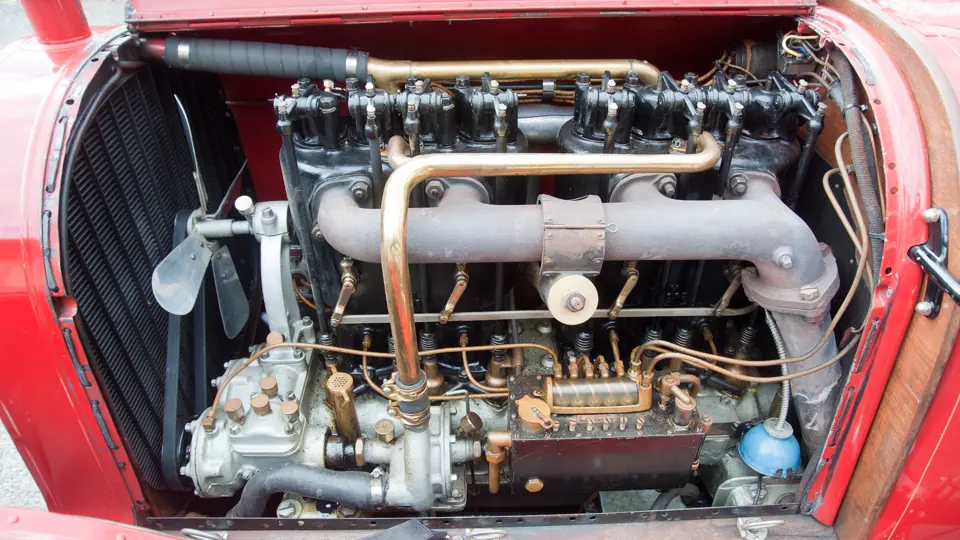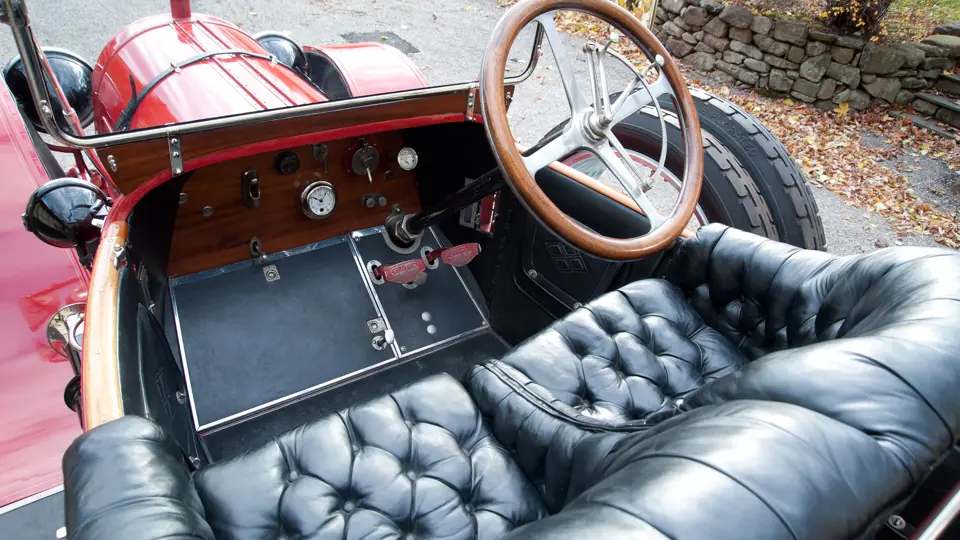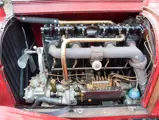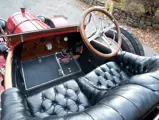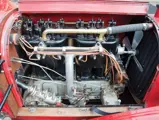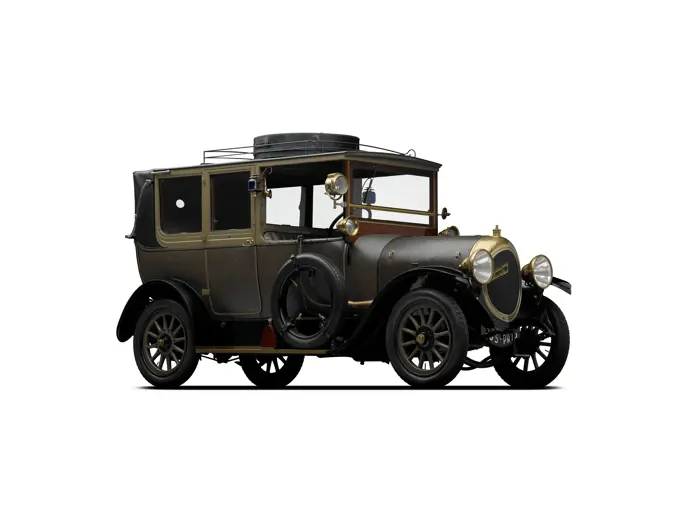Model 33. 50 hp, 389 cu. in. overhead-valve inline four-cylinder engine, four-speed manual transmission, solid front axle with semi-elliptic leaf springs, live rear axle with three-quarter elliptic leaf springs, and two-wheel mechanical drum brakes. Wheelbase: 124"
- Offered from the Magee Collection
- Ex-Harrah Collection
- One of only three known four-passenger phaeton survivors
- One of only 228 Model 33s built of all types
- A high-horsepower example, perfect for vintage touring
Following up the success of his single-cylinder Models A and B, Colonel Albert Pope introduced a two-cylinder Model D Pope-Hartford for 1905. Designed by chief engineer Lindley D. Hubbell, it was a five-passenger touring car on an 88-inch wheelbase. Charles Walker, the company sales manager, drove one on the 1905 Glidden Tour, earning a First Class Certificate.
For 1906, a $2,500 four-cylinder Model F was introduced. A 20/25-hp car, it was marketed opposite Buick and Oldsmobile. This year, company secretary Wilbur C. Walker, Charles’s brother, took part in the Glidden Tour with a Model F. Bettering his sibling’s result from 1905, he received a Silver Medal for being among the 13 contestants with perfect scores.
The Pope Manufacturing Company fell on hard times in 1907. The company was under siege by its creditors and was in receivership until November 1908, when it emerged as the new Pope Manufacturing Company of Connecticut. At that year’s New York Auto Show, the company had exhibited three 30-hp four-cylinder models: a Model R five-seat tourer, Model M four-seater and a Model NI seven-passenger car.
Colonel Pope was not enamored of motor sports, but he supported the Vanderbilt Cup races, allowing his Ohio subsidiary to enter two Pope-Toledos in the 1904 and 1905 races. Their best effort was a third-place finish in 1904. In October 1909, Pope’s California distributor entered and won the first annual Portola road race at Oakland with a Model T Pope-Hartford. Two factory cars, with a new 50-horsepower engine, entered the 1910 Vanderbilt, driven by Jack Fleming, who had won the Portola, and Bert Dingley. Owners and dealers, however, had been competing with Pope-Hartfords for some years. A Model F had won its class at the 1906 Dead Horse Hill Climb in Worcester, Massachusetts, and E.H. Hotchkiss won a four-mile handicap race at Ormond Beach in Florida in 1908.
The new 50-hp engine was improved by its racing experience, its crankshaft forged of special alloy steel and the pushrods for its overhead-valve engine made from cold-drawn steel tubes with ball-and-socket joints at both ends. Cams and rollers were of case-hardened chrome nickel steel. It appeared in the Model W of 1911, which offered six body styles on a 124-inch wheelbase. Two Pope-Hartfords were entered in the inaugural Indianapolis 500 in 1911, but both were beset by multiple maladies.
A six-cylinder Model Y was also announced in 1911 but did not see production until the following year. By that time the Model W had been renamed Model 27, and the Model Y became Model 28. Rear springs were changed to three-quarter elliptic. For 1913, Models 27 and 28 became Models 33 and 29, and a 40-hp Model 31 was added.
The Pope Manufacturing Company attempted to diversify in 1912. Motorcycles, trucks and fire engines were added to the catalog. It proved to be an unwise endeavor, and on October 27, 1913, the company once more went into receivership. Analysis of engine numbers suggests that just 228 Model 33 cars were built.
One of three Pope-Hartford four-passenger Touring Phaetons known to exist, this car was purchased from Humberto L. Lieva of Ponce, Puerto Rico in December 1962. The late Ralph Dunwoodie acquired it for the William Harrah Collection, where it remained until the 1984 dissolution auction after Mr. Harrah’s death. It was purchased by the Evans Collection of San Diego. A restoration had been commenced by Harrah’s but never finished. At the Evans Collection, the car was completed under the guidance of the well-known Pope-Hartford restorer Temple Baldwin, and it appeared in a 1996 issue of Automobile Quarterly, illustrating an in-depth article on the marque. The Magee Collection purchased the car from the Evans Collection in 2008.
It is an older restoration with nice patina and still looks great. It is well-equipped with correct components and accessories, including Gray and Davis electric lighting, starter and generator. It has the original full belly pan and a luggage rack with wicker basket.
Under its current ownership, the car has been completely gone through mechanically and prepared for long-distance touring. It has new batteries, tires, leather straps, top, side curtains and tonneau covers for front, rear and top. For safe touring, it has been equipped with signal lights, brake lights, on-board trickle charger, race-car on-board fire extinguishing system and a temperature gauge.
In 1913, the sales catalog boasted, “The Pope-Hartford is pre-eminently a dependable car. It has proved correct mechanically, reliable in long, continuous service, fast and powerful in action, a phenomenal hill climber and thoroughly satisfying in outward appearance.” Ninety-eight years later, this is still accurate. The car has been used regularly for tours, for which its large 50-hp motor is perfectly suited. These high-horsepower Popes rarely become available, even less so at auction. Certainly one of the jewels of the brass era, they are state-of-the-art for their time and tremendously well built. For brass enthusiasts, this is an opportunity not to be missed.
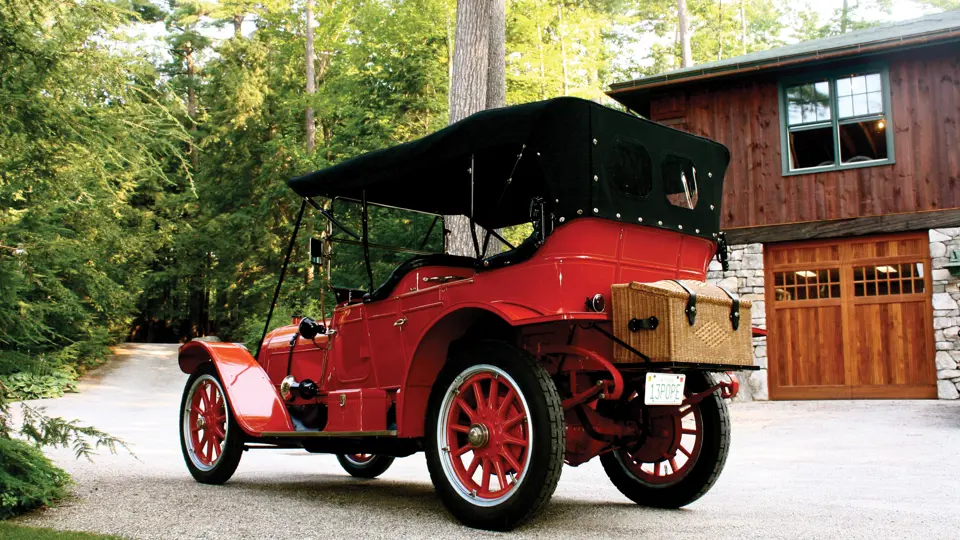



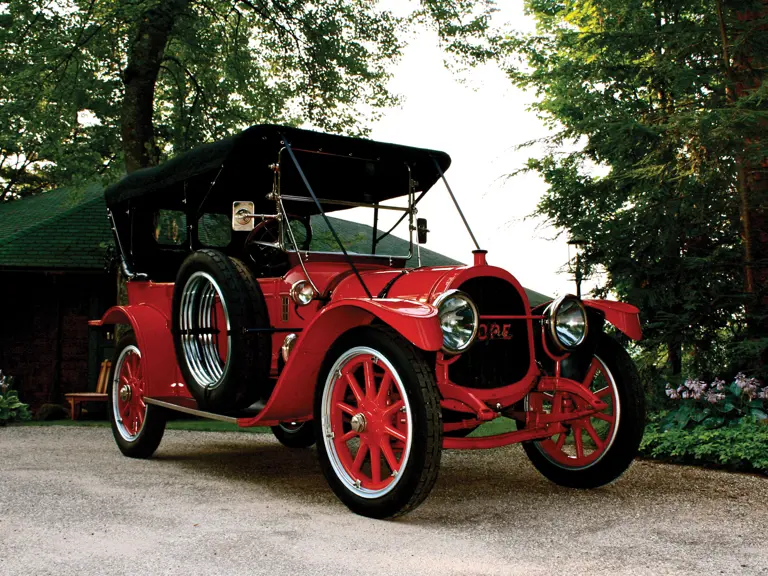
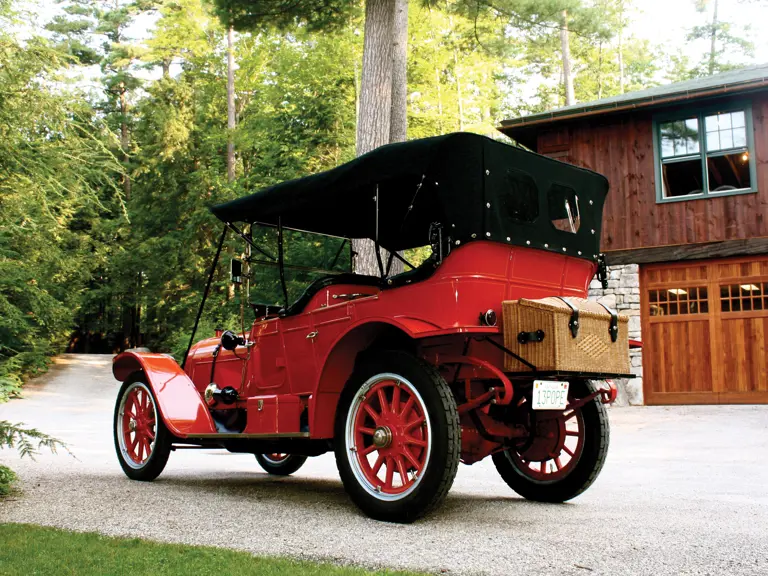
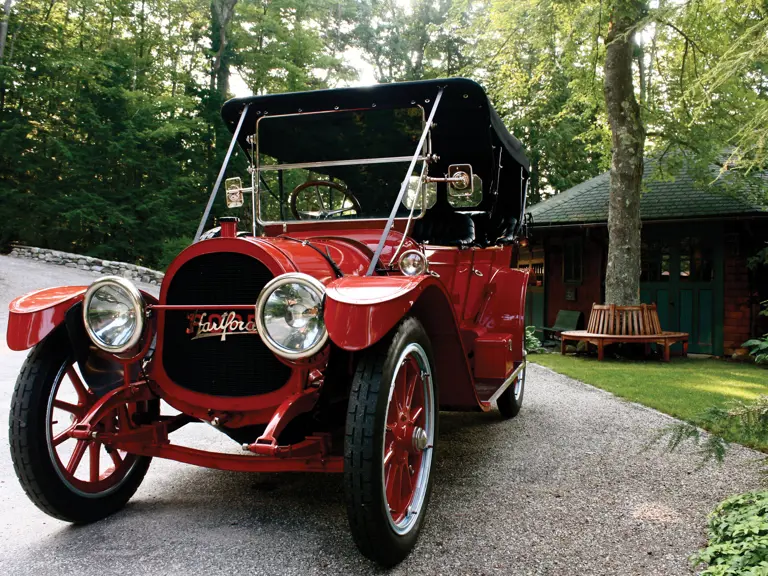
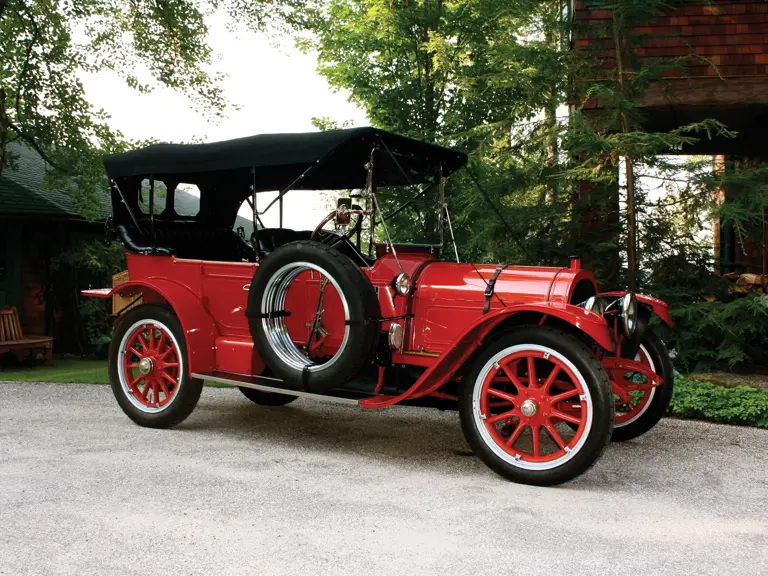
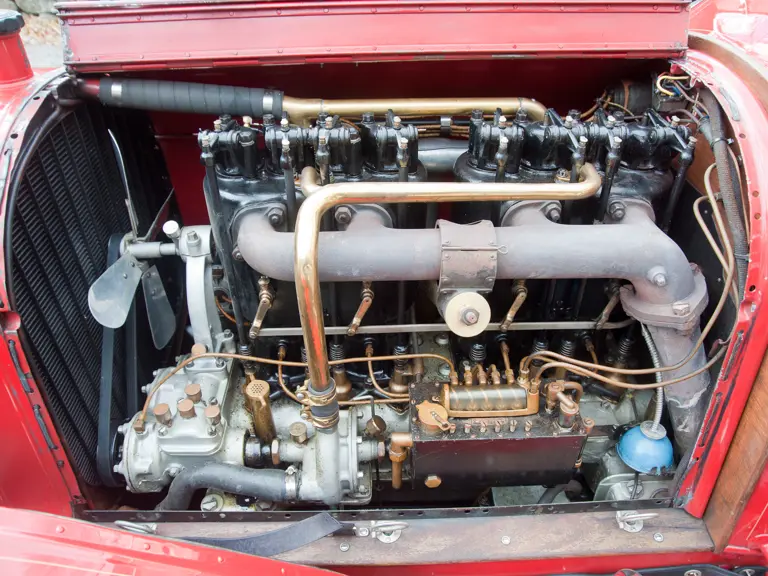
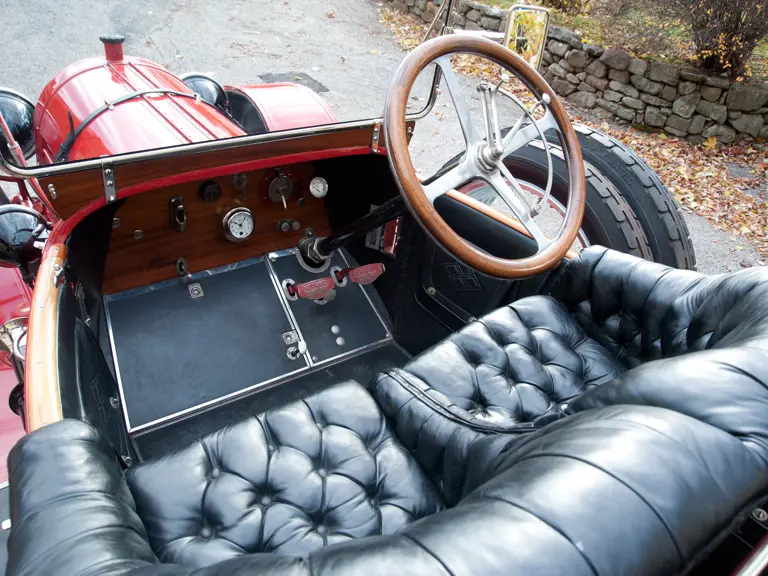
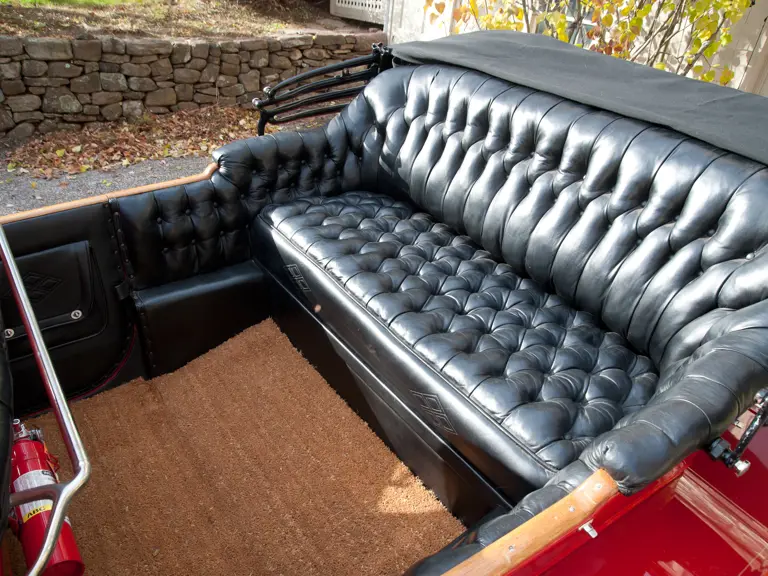
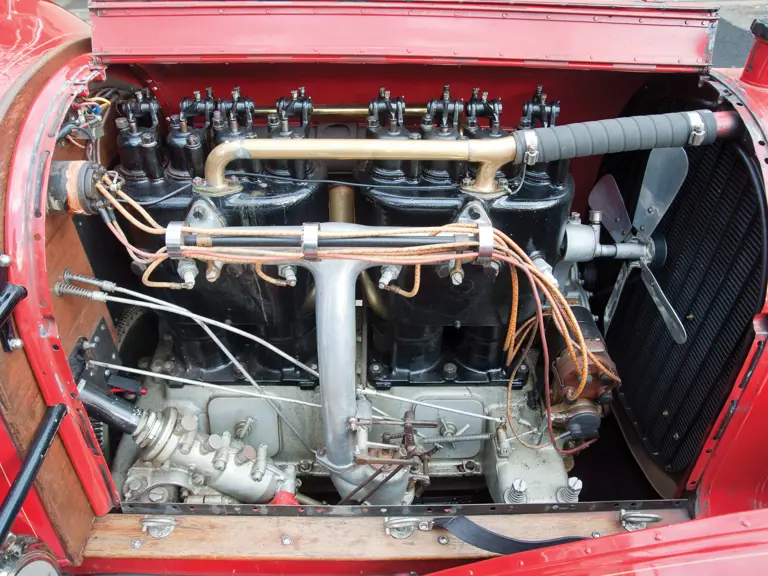
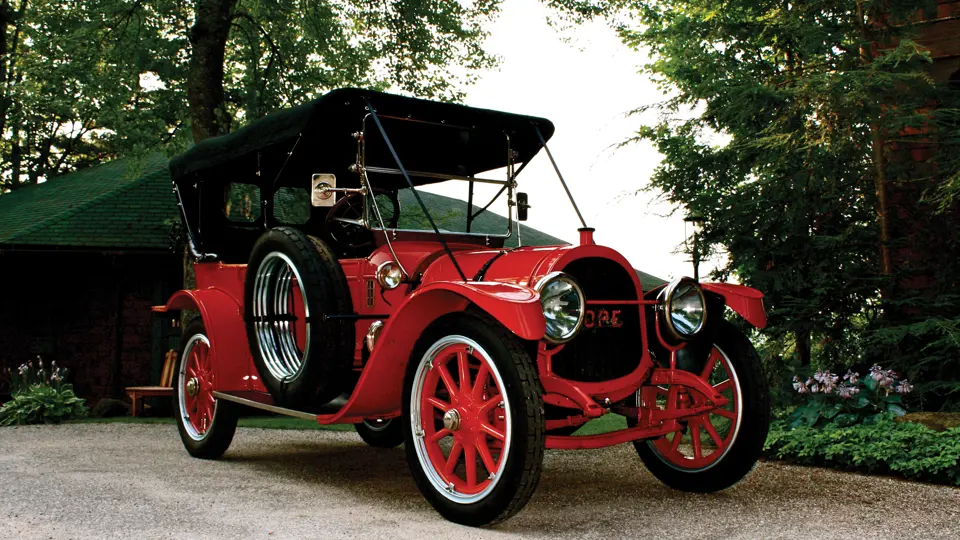
 | Hershey, Pennsylvania
| Hershey, Pennsylvania
